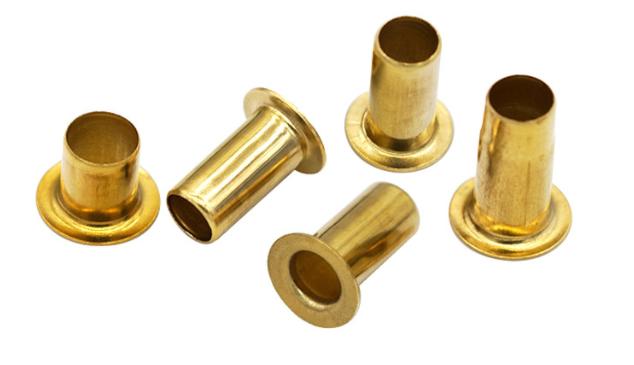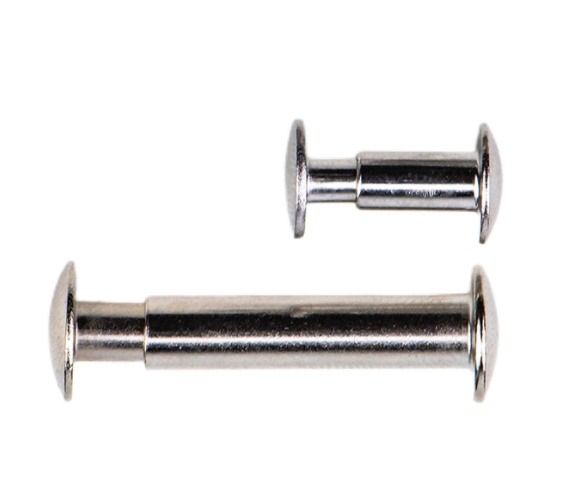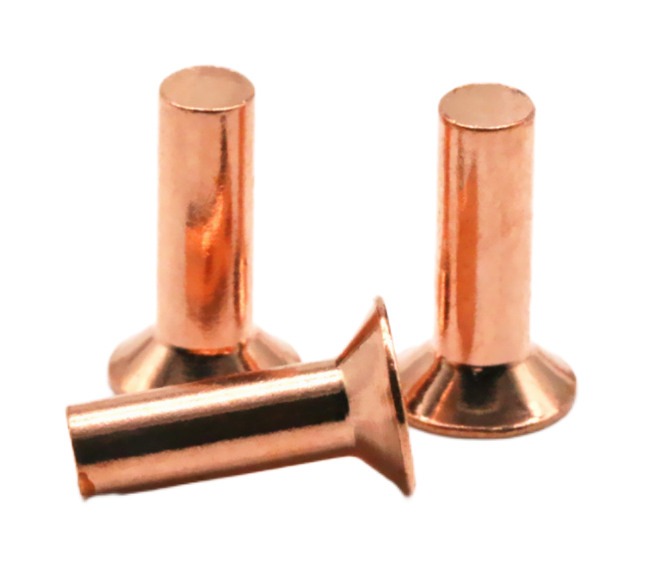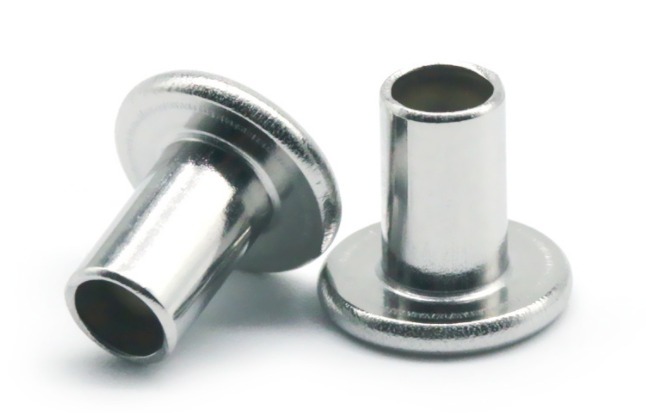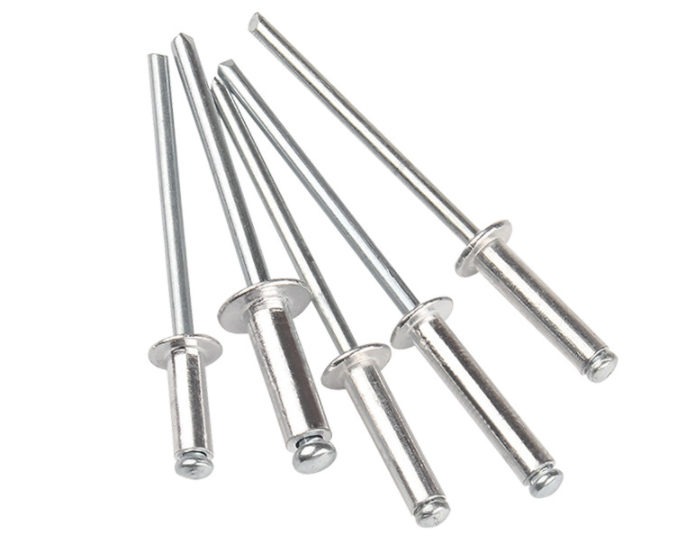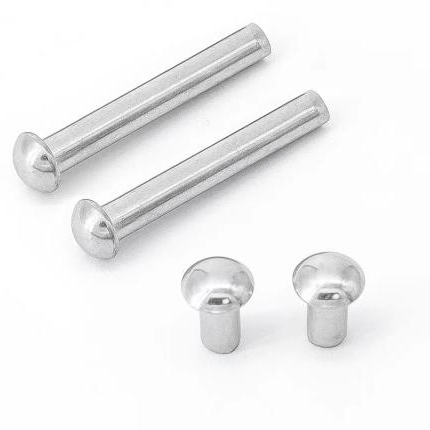How to Produce A Rivet: Manufacturing Process and Raw Materials
Rivets are semi-permanent fasteners that are used to join two or more pieces of material together. They are made from a variety of materials, including steel, aluminum, copper, and bronze. The choice of rivet material depends on the specific application.
In this article, we will discuss the different types of rivet materials, their properties, and their applications. We will also discuss the manufacturing process of a rivet and the factors that should be considered when choosing a rivet material.

The Manufacturing Process of A Rivet
The manufacturing process of a rivet begins with the cutting of a rod of material to the desired length. The rod is then inserted into a die, which is a shaped tool that forms the head of the rivet. The die is typically made from a hard material, such as steel or tungsten carbide.
There are two main types of dies used in the manufacturing of rivets: upset dies and pull dies. Upset dies are used to form the head of the rivet by upsetting, or compressing, the end of the rod. Pull dies are used to form the head of the rivet by pulling the end of the rod through the die.
Once the head of the rivet has been formed, the rivet is heat treated, if necessary. Heat treatment is a process that changes the properties of the material, such as its strength and hardness. The type of heat treatment that is used depends on the material of the rivet.
After heat treatment, the rivet is finished. This may involve cleaning the rivet, inspecting it for defects, and coating it with a protective finish.
The manufacturing process of a rivet is a relatively simple process, but it can be very precise. The accuracy of the manufacturing process is important to ensure that the rivets are strong and durable.
Here are some additional details about the manufacturing process of a rivet:
- The type of die that is used will affect the shape of the head of the rivet. Upset dies typically produce a round head, while pull dies typically produce a countersunk head.
- The heat treatment that is used will also affect the properties of the rivet. For example, heat treatment can increase the strength and hardness of the rivet.
- The finish that is applied to the rivet will protect it from corrosion and wear.
The manufacturing process of a rivet can be automated, which can increase production speed and accuracy. However, some rivets are still manufactured by hand, especially for high-precision applications.

The Different Types of Materials for A Rivet
The following are some of the most common types of rivet materials:
- Steel rivets are the most common type of rivet material. They are strong and durable, and can be used in a variety of applications.
- Aluminum rivets are lighter weight than steel rivets, but not as strong. They are often used in applications where weight is a concern, such as in the aerospace industry.
- Copper rivets are resistant to corrosion, and can be used in applications where corrosion resistance is important.
- Bronze rivets are strong and durable, and can be used in high-temperature applications.
- Plastic rivets are made from a variety of plastic materials, and are often used in applications where weight is a concern.
- Nylon rivets are a type of plastic rivet that is known for its strength and durability. They are often used in applications where a high level of strength is required.
The Material Choice of A Rivet
The material choice of a rivet depends on the specific application. The following factors should be considered when choosing a rivet material:
- Strength: The rivet material must be strong enough to support the load that it will be subjected to.
- Weight: The rivet material must be lightweight enough to not unduly add to the weight of the assembly.
- Corrosion resistance: The rivet material must be resistant to corrosion if it will be used in an environment where corrosion is a concern.
- Temperature rating: The rivet material must have a temperature rating that is high enough to withstand the temperatures that it will be subjected to.
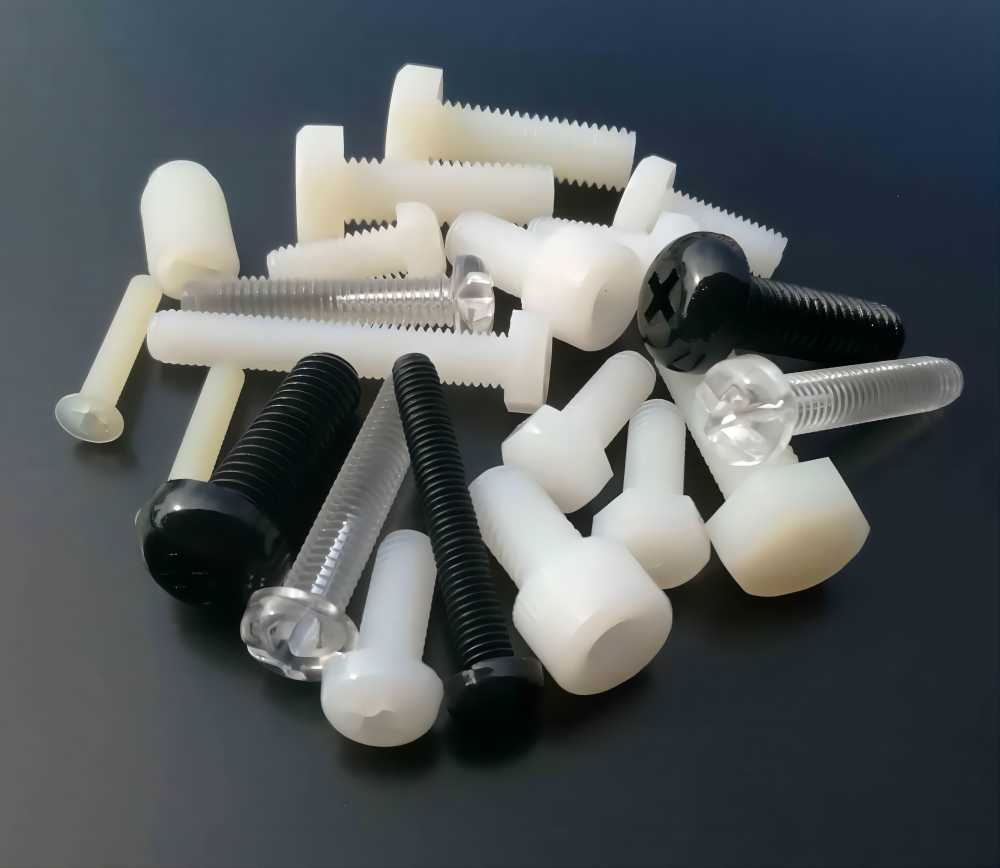
Conclusion
The choice of rivet material depends on the specific application. There are many different types of rivet materials available, and the best material for a particular application will depend on the strength, weight, corrosion resistance, and temperature requirements.

